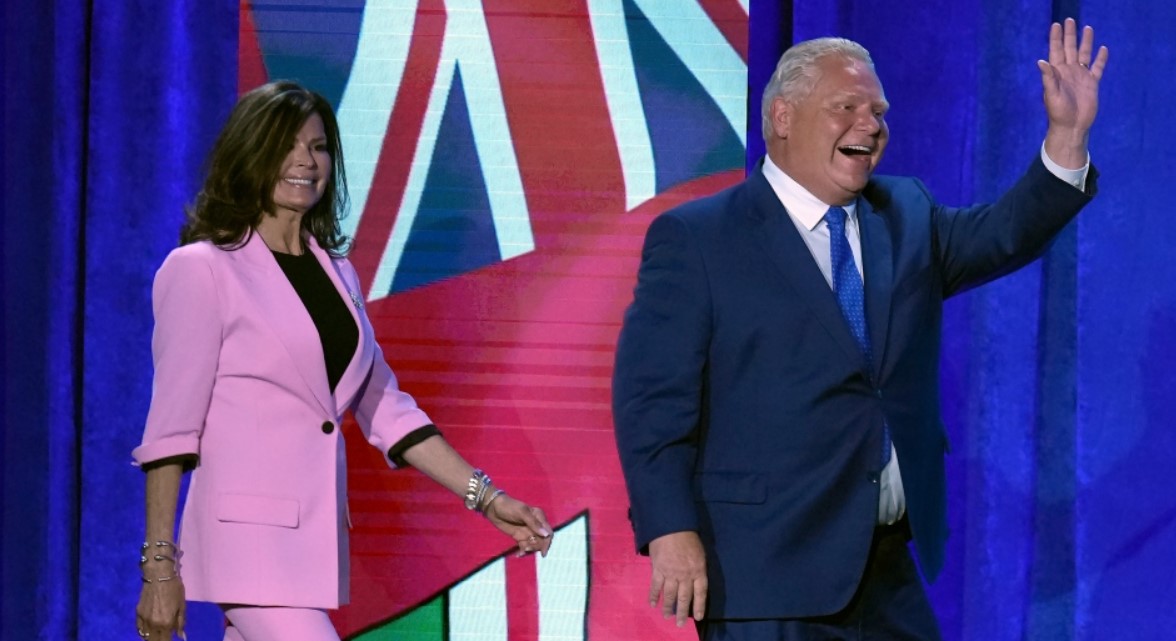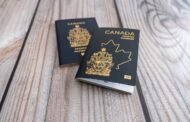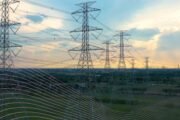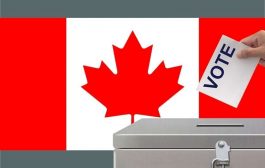ਕਿਵੇਂ ਡੱਗ ਫੋਰਡ, ਪੀਸੀ ਨੇ ਆਪਣੀ ਦੂਜੀ ਓਨਟਾਰੀਓ ਚੋਣ ਜਿੱਤੀ
Doug Ford’s quest to winning the Ontario election and earning a second consecutive majority began on St. Patrick’s Day in 2020, when he announced a state of emergency over the COVID-19 outbreak.
Ford’s Progressive Conservative government has smelt like a one-term wonder up until that point, embroiled in nepotism scandals and so unpopular that he was booed at the otherwise joyous Toronto Raptors winning parade.
Then came the COVID-19 pandemic, which claimed the lives of 13,000 people, forced Ontario to close schools for the longest period of time in North America, and Ford’s promised “iron ring” around long-term care homes never materialised.
Despite this, Ford has led his Ontario Progressive Conservatives to a larger victory than in the previous election, with 83 seats, leaving the New Democrats and Liberals in his wake and looking for new leaders.
There’s no denying that his government’s approach to the pandemic was weak, which pulled down Ford’s approval ratings. There were a lot of people who wanted Ford to resign.
But there’s no denying that a sizable portion of Ontarians are fed up with the plague and want to move on. Ford’s party took advantage of this, and its “Get It Done” message is likely to have resonated with COVID-19 opponents.
Here’s how it worked out, thanks to those two COVID-related factors: enough people in enough ridings awarded Ford a passing grade, paving the path for an electoral victory.
In many ways, the election was a referendum on Ford. After four years as premier and so much time in the spotlight due to the pandemic, polling suggests that few people in Ontario are neutral towards him.
The consistency of polling numbers throughout the campaign and the election result on Thursday night suggest that those polarising views on Ford were entrenched. There appeared to be little that the opposition parties could say or do to persuade people who were already on Ford’s side to switch sides.
ਡੱਗ ਫੋਰਡ ਦੀ ਓਨਟਾਰੀਓ ਚੋਣਾਂ ਜਿੱਤਣ ਅਤੇ ਦੂਜੀ ਸਿੱਧੀ ਬਹੁਮਤ ਹਾਸਲ ਕਰਨ ਦੀ ਯਾਤਰਾ ਅਸਲ ਵਿੱਚ 2020 ਵਿੱਚ ਸੇਂਟ ਪੈਟ੍ਰਿਕ ਦਿਵਸ ਤੋਂ ਸ਼ੁਰੂ ਹੋਈ, ਜਿਸ ਦਿਨ ਉਸਨੇ ਕੋਵਿਡ-19 ਮਹਾਂਮਾਰੀ ਉੱਤੇ ਐਮਰਜੈਂਸੀ ਦੀ ਸਥਿਤੀ ਦਾ ਐਲਾਨ ਕੀਤਾ ਸੀ।
ਉਸ ਪਲ ਤੱਕ, ਫੋਰਡ ਦੀ ਪ੍ਰੋਗਰੈਸਿਵ ਕੰਜ਼ਰਵੇਟਿਵ ਸਰਕਾਰ ਭਾਈ-ਭਤੀਜਾਵਾਦ ਦੇ ਘੁਟਾਲਿਆਂ ਵਿੱਚ ਫਸੀ ਗਈ।
ਫਿਰ ਕੋਵਿਡ-19 ਮਹਾਂਮਾਰੀ ਆਈ: 13,000 ਲੋਕਾਂ ਦੀ ਮੌਤ ਹੋ ਗਈ, ਓਨਟਾਰੀਓ ਨੇ ਵੱਧ ਸਮੇਂ ਲਈ ਸਕੂਲ ਬੰਦ ਕਰ ਦਿੱਤੇ ਅਤੇ ਫੋਰਡ ਦੁਆਰਾ long-term care homes ਦੇ ਆਲੇ ਦੁਆਲੇ “ਲੋਹੇ ਦੀ ਰਿੰਗ” ਦਾ ਵਾਅਦਾ ਕਦੇ ਵੀ ਪੂਰਾ ਨਹੀਂ ਹੋਇਆ।
ਫਿਰ ਵੀ ਫੋਰਡ ਨੇ ਆਪਣੇ ਓਨਟਾਰੀਓ ਪੀਸੀਜ਼ ਦੀ 83 ਸੀਟਾਂ ਨਾਲ, ਪਿਛਲੀਆਂ ਚੋਣਾਂ ਨਾਲੋਂ ਵੱਡੀ ਜਿੱਤ ਵੱਲ ਅਗਵਾਈ ਕੀਤੀ ਹੈ, ਨਿਊ ਡੈਮੋਕਰੇਟਸ ਅਤੇ ਲਿਬਰਲਾਂ ਨੂੰ ਮਿੱਟੀ ਵਿੱਚ ਮਿਲਾ ਦਿੱਤਾ ਹੈ।
ਇਸ ਵਿਚ ਕੋਈ ਸ਼ੱਕ ਨਹੀਂ ਹੈ ਕਿ ਮਹਾਂਮਾਰੀ ਪ੍ਰਤੀ ਉਸਦੀ ਸਰਕਾਰ ਦੀ ਪ੍ਰਤੀਕ੍ਰਿਆ ਨੁਕਸਦਾਰ ਸੀ। ਬਹੁਤ ਸਾਰੇ ਵੋਟਰ ਸਨ ਜੋ ਫੋਰਡ ਨੂੰ ਬਾਹਰ ਕਰਨਾ ਚਾਹੁੰਦੇ ਸਨ।
ਪਰ ਇਸ ਵਿੱਚ ਵੀ ਕੋਈ ਸ਼ੱਕ ਨਹੀਂ ਹੈ ਕਿ ਓਨਟਾਰੀਅਨਾਂ ਦਾ ਇੱਕ ਮਹੱਤਵਪੂਰਨ ਹਿੱਸਾ ਮਹਾਂਮਾਰੀ ਤੋਂ ਥੱਕ ਗਿਆ ਹੈ ਅਤੇ ਅੱਗੇ ਵਧਣਾ ਚਾਹੁੰਦੇ ਹਨ। ਫੋਰਡ ਦੀ ਪਾਰਟੀ ਨੇ ਇਸਦਾ ਪੂੰਜੀਕਰਣ ਕੀਤਾ, ਅਤੇ ਇਸਦਾ “ਗੇਟ ਇਟ ਡਨ” ਮੈਸੇਜਿੰਗ ਸੰਭਾਵਤ ਤੌਰ ‘ਤੇ ਲੋਕਾਂ ਨਾਲ ਗੂੰਜਿਆ।
ਉਨ੍ਹਾਂ ਦੋ ਕੋਵਿਡ-ਸਬੰਧਤ ਕਾਰਕਾਂ ਦੇ ਵਿਚਕਾਰ, ਕਾਫ਼ੀ ridings ਵਿੱਚ ਲੋਕਾਂ ਦੀ ਕਾਫ਼ੀ ਗਿਣਤੀ ਨੇ ਫੋਰਡ ਨੂੰ ਚੋਣ ਜਿੱਤਣ ਦਾ ਰਾਹ ਪੱਧਰਾ ਕਰਨ ਲਈ ਪਾਸਿੰਗ ਗ੍ਰੇਡ ਦਿੱਤਾ।
ਇਹ ਚੋਣ ਕਈ ਤਰੀਕਿਆਂ ਨਾਲ ਫੋਰਡ ‘ਤੇ ਜਨਮਤ ਸੰਗ੍ਰਹਿ ਸੀ। ਪੋਲਿੰਗ ਦਰਸਾਉਂਦੀ ਹੈ ਕਿ ਓਨਟਾਰੀਓ ਵਿੱਚ ਚਾਰ ਸਾਲਾਂ ਦੇ ਪ੍ਰੀਮੀਅਰ ਵਜੋਂ ਅਤੇ ਮਹਾਂਮਾਰੀ ਵਿੱਚ ਇੰਨਾ ਸਮਾਂ ਬਿਤਾਉਣ ਤੋਂ ਬਾਅਦ ਕੁਝ ਲੋਕ ਉਸ ਬਾਰੇ ਨਿਰਪੱਖ ਹਨ।
ਮੁਹਿੰਮ ਦੇ ਮਾਧਿਅਮ ਤੋਂ ਪੋਲਿੰਗ ਨੰਬਰਾਂ ਦੀ ਸਥਿਰਤਾ ਅਤੇ ਵੀਰਵਾਰ ਰਾਤ ਦੇ ਚੋਣ ਨਤੀਜਿਆਂ ਤੋਂ ਇਹ ਸੰਕੇਤ ਮਿਲਦਾ ਹੈ ਕਿ ਫੋਰਡ ਬਾਰੇ ਉਹ ਧਰੁਵੀਕਰਨ ਵਾਲੇ ਵਿਚਾਰ ਪ੍ਰਚਲਿਤ ਸਨ। ਅਜਿਹਾ ਬਹੁਤ ਘੱਟ ਜਾਪਦਾ ਸੀ ਕਿ ਵਿਰੋਧੀ ਪਾਰਟੀਆਂ ਉਨ੍ਹਾਂ ਲੋਕਾਂ ਨੂੰ ਮਨਾਉਣ ਲਈ ਕੁਝ ਕਹਿ ਸਕਦੀਆਂ ਹਨ ਜਾਂ ਕਰ ਸਕਦੀਆਂ ਸਨ ਜੋ ਪਹਿਲਾਂ ਹੀ ਫੋਰਡ ਦੇ ਪੱਖ ‘ਤੇ ਸਨ।

































